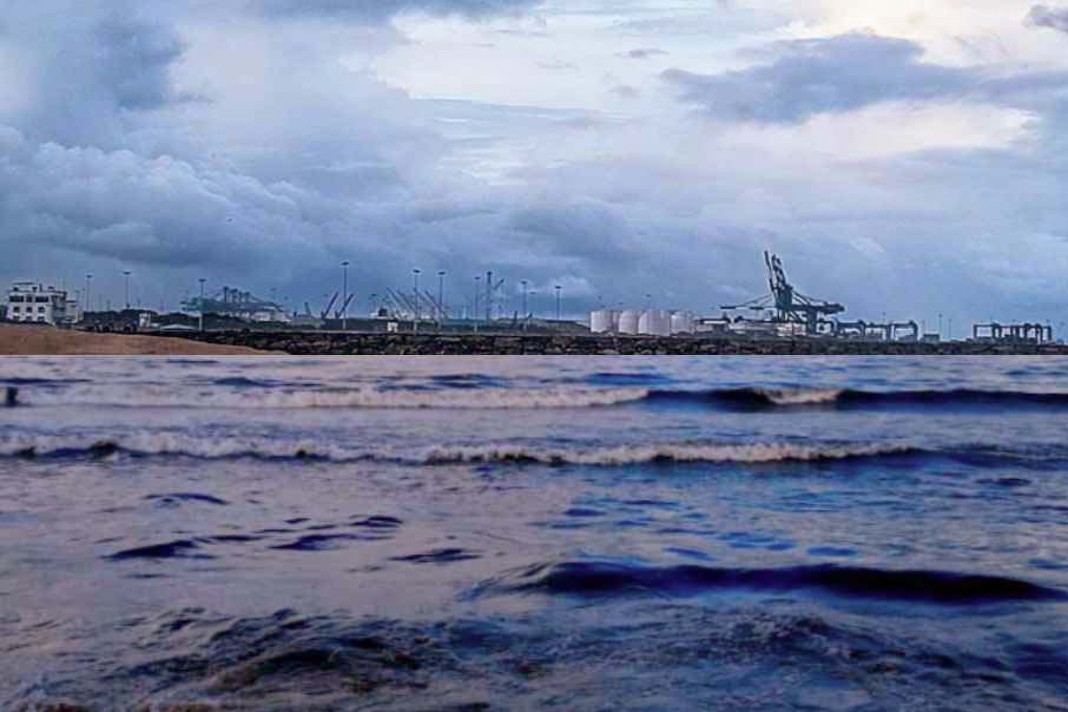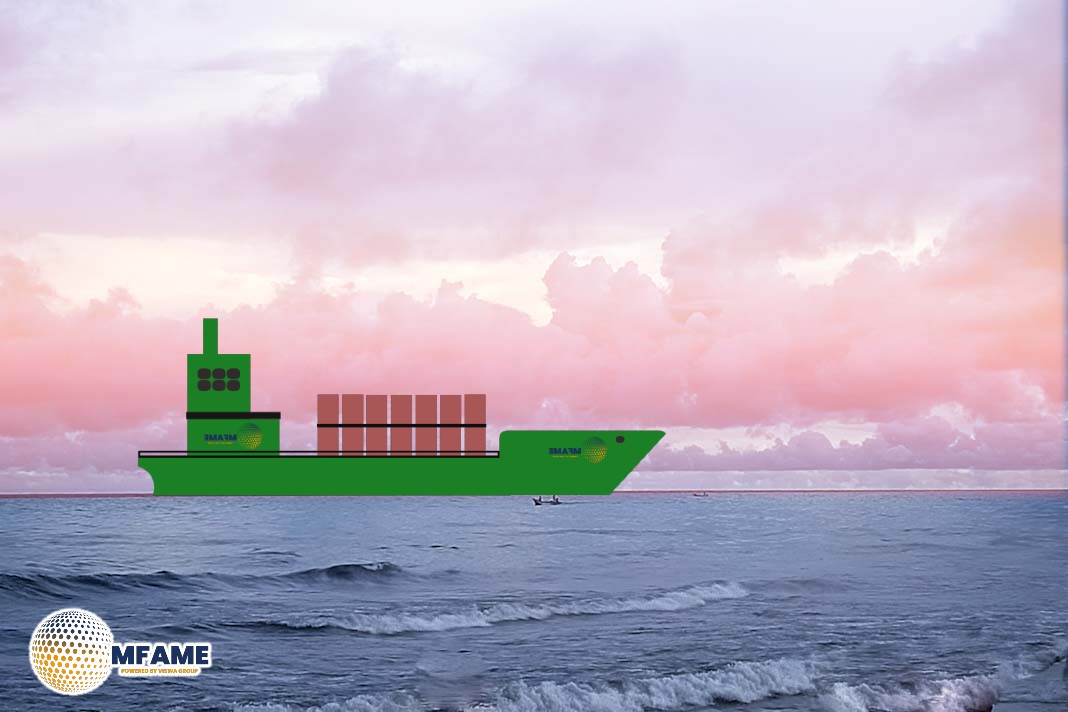- Marine fuel users face rising compliance costs under EU ETS.
- EUA expenses add 40% to total HSFO bill in Rotterdam.
- FuelEU Maritime creates more incentives for low-carbon switch.
The European Union’s recent regulatory measures have led to a significant increase in carbon costs for intra-EU bunker fuel consumption, reports Platts.
Inclusion of shipping in the EU ETS
The inclusion of maritime transport in the EU Emissions Trading System (ETS) from 2024, coupled with the FuelEU Maritime regulations set to commence in 2025, mandates that ships operating within EU waters monitor, report, and pay for their carbon emissions. This integration has resulted in a doubling of carbon costs for bunker fuel used within the EU.
The ETS requires ship operators to purchase European Union Allowances (EUAs) for each ton of CO₂ emitted during voyages within the European Economic Area and for 50% of emissions from voyages that either begin or end at EU ports. As of November 10, 2023, the price of EUAs was assessed at €78.70 per metric ton of CO₂ equivalent. These costs are anticipated to rise, with projections suggesting that compliance expenses could reach $9.1 billion by 2026.
FuelEU Maritime Regulations and Alternative Fuels
The FuelEU Maritime regulation further enforces a gradual reduction in the greenhouse gas intensity of marine fuels, starting with a 2% decrease per year between 2025 and 2029, and escalating to an 80% reduction by 2050. To comply, ship operators are exploring alternative fuels such as biodiesel and liquefied natural gas (LNG). However, these alternatives are currently more expensive and less readily available than traditional bunker fuels, leading to increased operational costs.
Industry experts warn that these heightened costs are likely to be transferred to consumers and businesses, potentially contributing to inflationary pressures. Small and medium-sized enterprises may find it particularly challenging to manage the financial and administrative burdens associated with these new regulations. To mitigate these challenges, some companies are considering partnerships with external service providers specializing in emissions measurement and reporting.
In summary, the EU’s stringent environmental regulations are significantly impacting the maritime industry, doubling carbon costs for intra-EU bunker fuel use and prompting a shift towards alternative fuels and compliance strategies.
Did you subscribe to our daily Newsletter?
It’s Free Click here to Subscribe!
Source: Platts
















